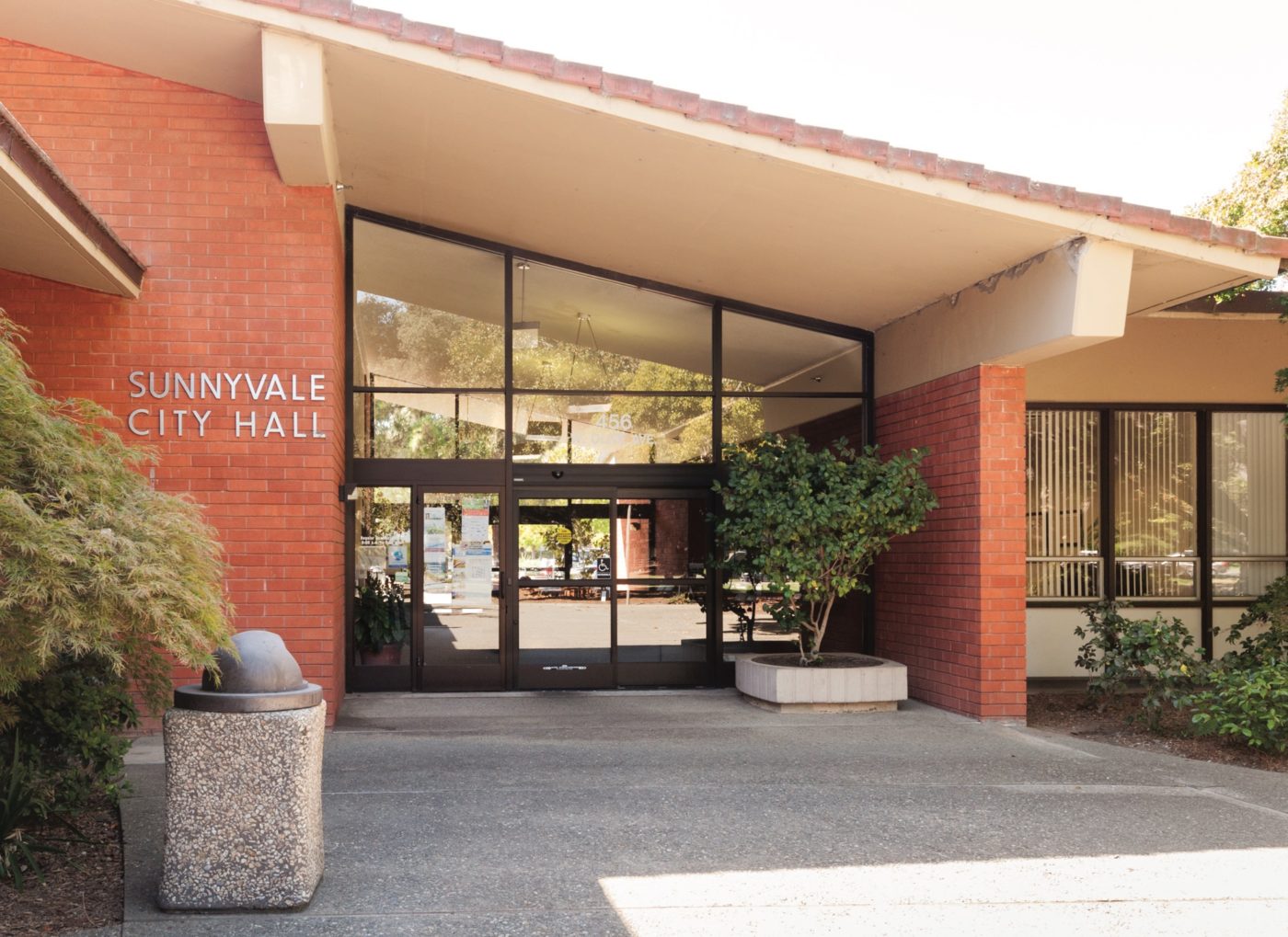Welcome to SV@Home’s Policy Rundown, your need-to-know overview of important housing policy actions and developments from the past two weeks. For an update on San Jose housing items from this week, please see this San Jose-focused post.
On September 24th, the Mountain View City Council approved bans on oversized vehicle parking across the majority of the city’s residential neighborhoods. At the same time, the Council approved a safe parking program for people living in their vehicles. The Council took two separate actions on oversized vehicles: first, they unanimously banned oversized vehicle parking on major bikeways, stating that this would improve bike safety along these thoroughfares. This ban will enter into force in January 2020. They then voted 4-3 to ban oversized vehicle parking on designated narrow streets, which make up the majority of residential areas in the city. The three votes of dissent centered on whether the City should implement the ban based on a time-certain schedule or based on whether the City’s Shelter Emergency Declaration remained in effect. At the end of the day, the Council approved a motion to implement this component of the ban by June 2020, rather than based on the status of the Shelter Emergency. Following these two decisions, the Council also approved a Safe Parking program, which will provide spots for up to 89 vehicles. Several local organizations and legal advocacy groups vowed to challenge the bans both in court and potentially through a city ballot measure, both of which we will continue to track closely.
Also on September 24th, the Santa Clara County Board of Supervisors held its first study session on Stanford University’s application for a new General Use Permit (GUP), which sets the framework for the University’s expansion through 2035. Representatives from cities and public agencies across Santa Clara and San Mateo County came out in force to call for the “full mitigation” of Stanford’s growth on housing, transportation, schools, and the environment. The University made the case that it will be best positioned to meet these impacts if it is able to negotiate a Development Agreement with the County. So far, however, County staff and Supervisors have resisted this request, instead saying that they must operate within the current process and County-defined Conditions of Approval. While no breakthroughs were made on Tuesday, the County has scheduled the next public meeting on the GUP for October 8th, when we expect further discussion of Stanford’s specific housing proposals. SV@Home will continue to track the progress of GUP negotiations, with the goal of achieving a fair outcome that maximizes the opportunities for affordable housing development.
Finally on September 24th, the Sunnyvale City Council unanimously approved an inclusionary below market rate housing ordinance for rental developments, which will require 15% of units in new rental developments to be affordable (10% for Low Income, 5% for Very Low Income). This is a big deal, as Sunnyvale was one of the last cities in Santa Clara County to adopt the Palmer Fix, which allows cities to pass inclusionary policies. Palo Alto is now the only remaining major city in the County without a rental inclusionary ordinance.
Housers were out in force to support the ordinance, with SV@Home joined by strong support from Livable Sunnyvale, Greenbelt Alliance, the Silicon Valley Leadership Group, Sunnyvale Community Services, and Destination: Home. SV@Home is excited by the opportunity this ordinance presents to develop more affordable homes and looks forward to working further with Council, staff, and stakeholders on the other elements of Sunnyvale’s Housing Strategy, which staff is aiming to finalize by the end of the year. (View our letter and our coalition’s shared vision here)

